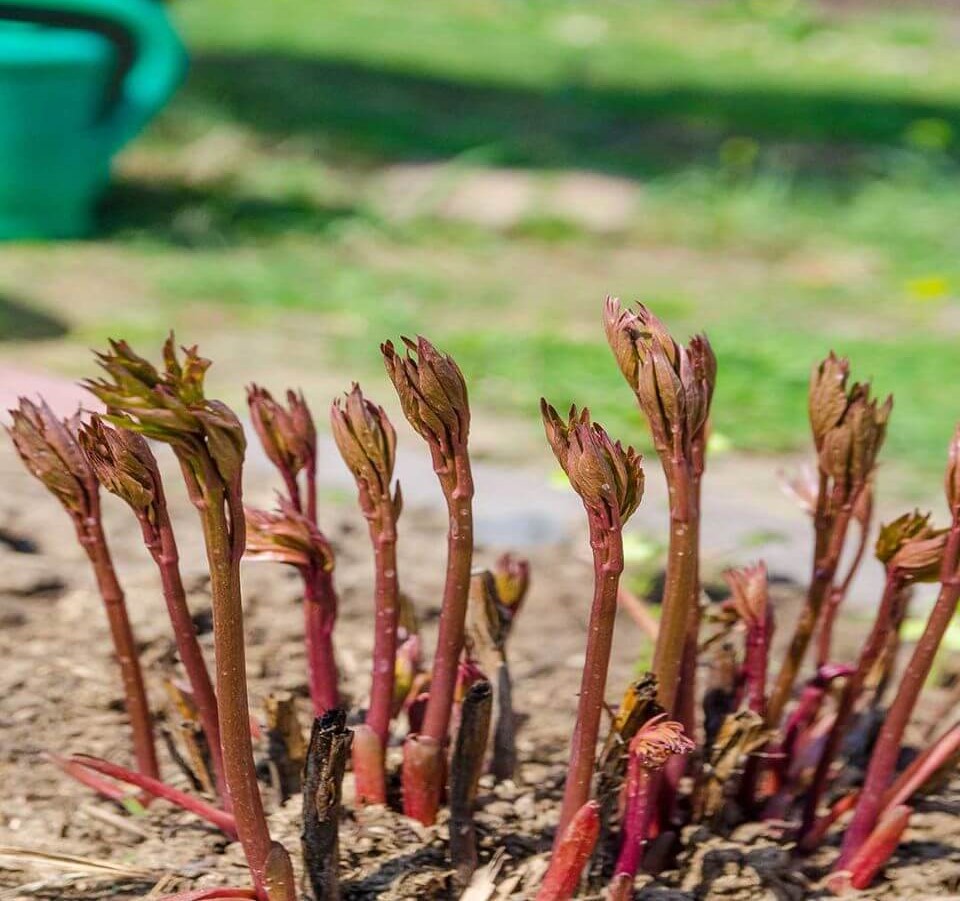Peonies are cherished for their stunning, fragrant blooms and are a favorite in many gardens. These resilient perennials are relatively easy to care for, but they do require proper maintenance to flourish. Knowing how to care for peonies ensures their long-term health and continued beauty.
Peonies thrive best in well-drained soil with full sun exposure. Adding a layer of mulch can help retain moisture and suppress weeds. While they need consistent watering, especially in dry periods, overwatering can cause root rot. By providing the right environment, you can enjoy these gorgeous flowers season after season.
Signs That Your Peonies Need Fertilization
Like all plants, peonies give visible signals when they need extra nutrients. If you notice slow growth, fewer blossoms, or yellowing leaves, these may be signs that your plants require fertilization. Additionally, if your flowers are smaller than usual or the plant looks weak overall, it may be time to replenish its nutrients. Spotting these issues early allows for timely intervention, helping your peonies regain their strength.
Why Fertilizing Peonies is Important
Fertilization plays a key role in ensuring peonies receive the necessary nutrients for healthy growth and abundant blooms. Over time, the soil can lose essential nutrients like nitrogen, phosphorus, and potassium, which are vital for strong roots and vibrant flowers. Proper feeding promotes larger blooms, enhances plant vigor, and strengthens the root system, allowing your peonies to bloom beautifully each year.

The Best Time to Fertilize Peonies
Early spring is the ideal time to apply fertilizer, right when new shoots start emerging. Providing nutrients at this stage helps peonies grow strong and prepares them for a successful blooming season. A second, lighter feeding after flowering in late spring can further support root health and overall plant development. However, avoid fertilizing in late summer or fall, as this may encourage new growth that won’t survive the winter.
When to Avoid Fertilizing Peonies
There are times when fertilization can do more harm than good. Avoid fertilizing late in the season, as it can stimulate tender growth that is vulnerable to frost damage. Newly planted peonies should not be fertilized in their first year, as they need time to establish their root systems. Over-fertilization is another common mistake, as too much fertilizer can cause excessive foliage growth at the expense of flowers.
Step-by-Step Guide to Fertilizing Peonies
- Clear away mulch and debris from around the plant’s base.
- Use a balanced, slow-release fertilizer, such as a 10-10-10 blend.
- Spread the fertilizer evenly around the plant, avoiding direct contact with the stems.
- Lightly work the fertilizer into the top inch of soil with a hand cultivator.
- Water thoroughly to help nutrients reach the roots.
- Reapply a thin layer of mulch to maintain moisture and protect the roots.
Choosing the Best Fertilizer for Peonies
Selecting the right fertilizer is essential for peony health. A slow-release, balanced fertilizer (such as 10-10-10) provides steady nourishment, preventing nutrient imbalances. Organic alternatives, like compost or aged manure, can also be beneficial, as they enrich the soil while delivering key nutrients naturally.
Common Fertilization Mistakes to Avoid
One of the most common mistakes gardeners make is over-fertilizing, which can lead to excessive leaf growth rather than blooms. Applying fertilizer too close to the stems can also damage the plant. Timing is another critical factor—fertilizing too late in the season can lead to tender growth that won’t withstand winter conditions. Following proper application techniques ensures optimal results for your peonies.
Final Tips for Thriving Peony Plants
Fertilization is just one part of a well-rounded peony care routine. To keep your plants healthy, provide them with plenty of sunlight, regular watering, and protection from pests and diseases. Deadheading spent flowers can encourage more blooms, and trimming back foliage in the fall helps prevent disease. By following these care tips and giving your peonies the attention they need, you’ll enjoy a breathtaking garden filled with beautiful blooms for years to come.